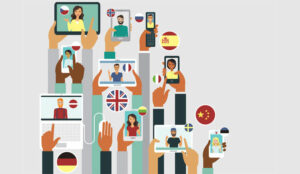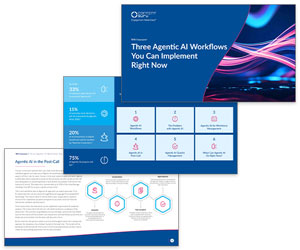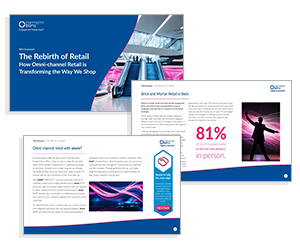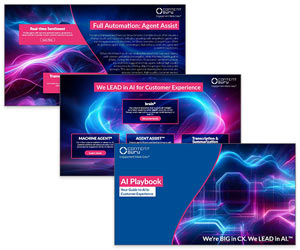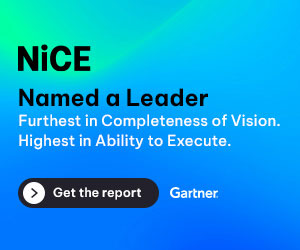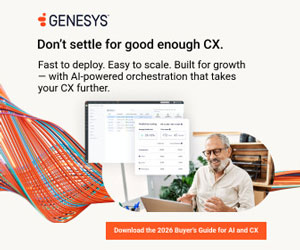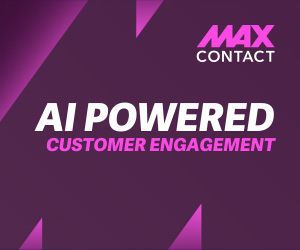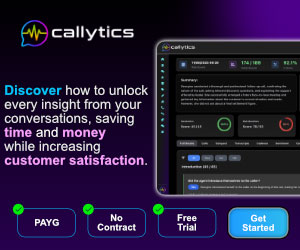Content Guru explores how combining omni-channel and omni-data strategies can give organisations a complete, intelligent view of the customer journey to deliver consistently superior CX.
In the recipe for top-notch customer experience (CX), there are two main ingredients. The first is omni-channel.
Omni-channel enables customers to communicate with an organization through whichever channel is convenient, a crucial part of inspiring loyalty and driving increased revenue.
The more customer touchpoints you track, the more opportunities there are to gather insights, build a more sophisticated understanding of customer behaviour, and use this to deliver better CX.
The second ingredient is omni-data. But what is omni-data, why is it all-important for superior CX, and what does it take to achieve?
What is Omni-Data?
Customer service is inherently data-driven. Customer details, knowledge management content, and data from multiple systems of record fuel a well-oiled customer service machine.
To deliver superior CX, you need access to every bit of data on your customers, as well as the relevant information to support customer service employees.
This data needs to be applied and distributed intelligently, saving your employees’ valuable time and speeding back-end processes. This is where omni-data comes in.
At first glance, omni-data is simply the ability to effectively aggregate data from all sources. But this is just one part of omni-data: it also concerns the intelligent application of data, and its greater availability to employees to maximize CX.
As such, organizations who achieve omni-data are able to not just store data, but to surface it, and automatically send it to different systems and individuals, to create one fluid data network.
Add omni-data to omni-channel, and you have the power to harness data from every angle, and use it effectively across every interaction, regardless of channel. Sounds like a magic formula, right? So what does it take achieve omni-data?
Supplying Information to Customer Service Employees
To deliver great CX, customer service representatives must have access to accurate, up-to-date information, on-demand.
But in a fast-paced customer service environment, processes, and product and service information can rapidly become redundant.
As a result, customers might need to get in contact with your organization more than once to solve their inquiry, adding a stain to a previously spotless relationship.
To aid in accurate and timely CX, the correct information must be easy for your front-office to access. Even more so, the relevant information must be available to agents without needing to search for it – before they think to go looking.
Knowledge Bases, and efficient Knowledge Management are a vital part of achieving omni-data of your organization, its services and products.
The resources contained within a Knowledge Management system allow employees to present a united front to customers, as all customer service staff have the same information, FAQs and guides to help them deliver expert CX.
Fusing Knowledge Management with Artificial Intelligence (AI) allows information to be intelligently pushed to front-line staff. Regardless of whether the agent is a recent hire or a veteran, the relevant information is right there on screen.
This saves agents time searching for that information, but also ensures that each customer receives the same well-informed experience.
Viewing and Tracking the Complete Customer Journey
With each interaction, the volume of customer data grows. However the more data there is, the more complicated it is to effectively track it, and surface it when needed.
Navigating across several tabs, and copying and pasting information across windows when servicing a customer is not feasible. Agents that lack customer-specific contextual information are not prepared to deliver great CX.
A 360 degree view of the customer, their history and behavior, is vital for all front-line staff, in order to better understand customers and provide the personalized CX they came for. This information needs to be accessible to all via a single source.
A Customer Relationship Management (CRM) system allows all employees to access everything they need to know about a customer: contact information, historic omni-channel interactions, including those that take place in person or via letter, case information and more.
Having all this information in one place, and accessible to every customer service employee, contributes to the fluid data network that omni-data is all about.
Pushing, Pulling, and Using Information Intelligently
Not all the data your customer service representatives need is available on your internal systems. Third party systems, various data siloes and systems of record all contain important information that is essential to support customer interactions.
To achieve omni-data, you need to efficiently aggregate data from all of these sources. This means pulling information from all systems into one, as well as pushing information back, to ensure they stay up to date.
Agents may have multiple back-end systems to update after an interaction. Manually updating different back-end systems takes time, and detracts attention from servicing a new interaction.
With the right technology, magic happens. Powerful APIs and water-tight integrations provide major efficiency gains, as they help to push and pull information automatically.
They reduce the amount of manual updating agents must do, and have the capacity to orchestrate and automate entire processes across the back-end and the contact centre.
This blog post has been re-published by kind permission of Content Guru – View the Original Article
For more information about Content Guru - visit the Content Guru Website
Call Centre Helper is not responsible for the content of these guest blog posts. The opinions expressed in this article are those of the author, and do not necessarily reflect those of Call Centre Helper.
Author: Content Guru
Reviewed by: Jo Robinson
Published On: 12th Sep 2025 - Last modified: 17th Sep 2025
Read more about - Guest Blogs, Content Guru




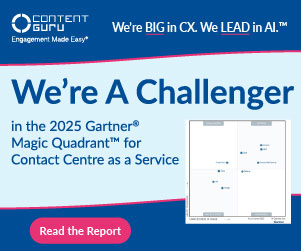

 Content Guru is the mission-critical provider of choice for large enterprises across the private and public sectors.
Content Guru is the mission-critical provider of choice for large enterprises across the private and public sectors. 



